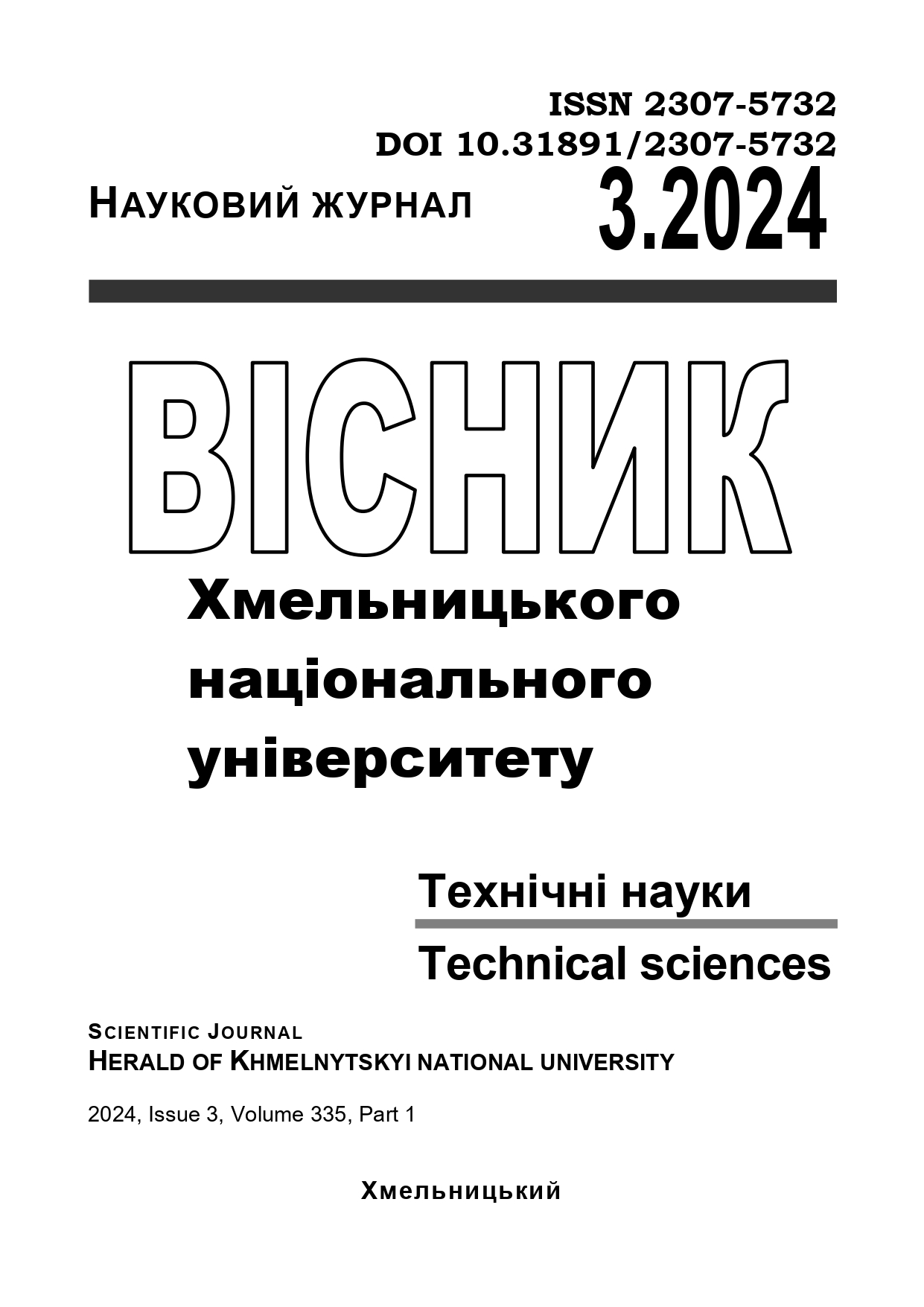IDENTIFICATION OF THE MOTION PARAMETERS OF THE SENSITIVE ELEMENT OF THE LINEAR ACGSELERATION METER
DOI:
https://doi.org/10.31891/2307-5732-2024-335-3-3Keywords:
linear acceleration meter, sensitive element, algorithmic methods, accuracy improvement, parameter identificationAbstract
The development of modern high-precision gravimetric and navigation systems requires the improvement of all components of these systems and the wide application of algorithmic methods of processing measurement signals. Possibilities for improving the design and increasing the accuracy of the manufacturing of the constituent elements are practically exhausted at the present time. Therefore, the application of algorithmic methods of increasing the accuracy of gravimetric and navigation systems is a very promising and relevant way. This requires the creation of highly accurate and effective algorithmic methods for processing the output signal of linear acceleration meters, as an important component of gravimetric and navigation systems. The output signal of these meters is formed using a gyroscopic sensitive element that deviates by an angle proportional to the current acceleration. The deflection angle of the sensitive element is measured by the angle sensor. The operation of linear acceleration meters in unfavorable and non-stationary measurement conditions is accompanied by the occurrence of a number of disturbances added to the output signal of the sensitive element of these meters. For example, harmonic interference can be caused by the non-stationary thermal state of the gyroscopic sensitive element and the effect of periodic movements on the frequency of pendulum oscillations of the sensitive element. Therefore, the article takes these features into account when developing identification algorithms for linear acceleration meters with increased metrological characteristics
In the article the algorithmic method of increase of accuracy of accelerometers of linear accelerations is considered. The basis of the given method is the identification of parameters of motion of a sensing element of these accelerometers. The errors of identification because of method of a maximum probability and errors stipulated by a linearization of mathematical model of motion of a sensing element are considered.

